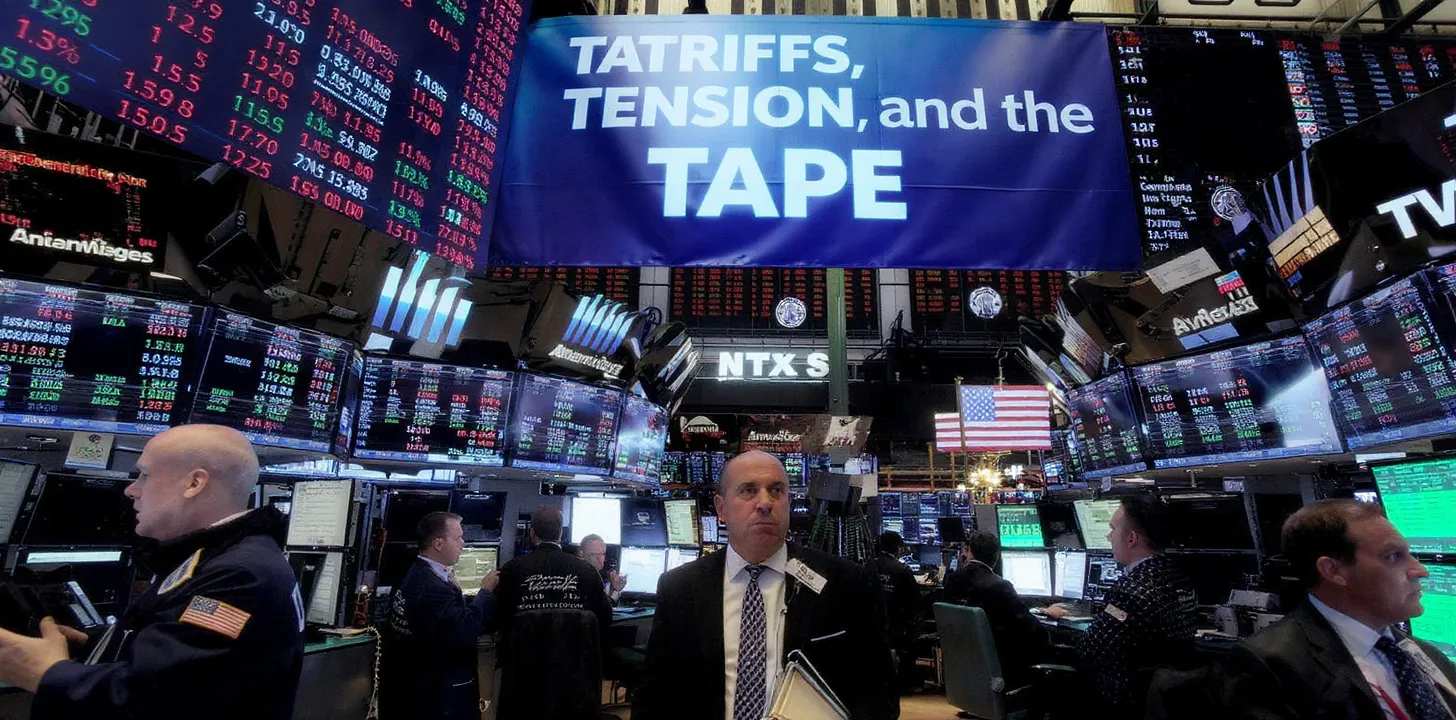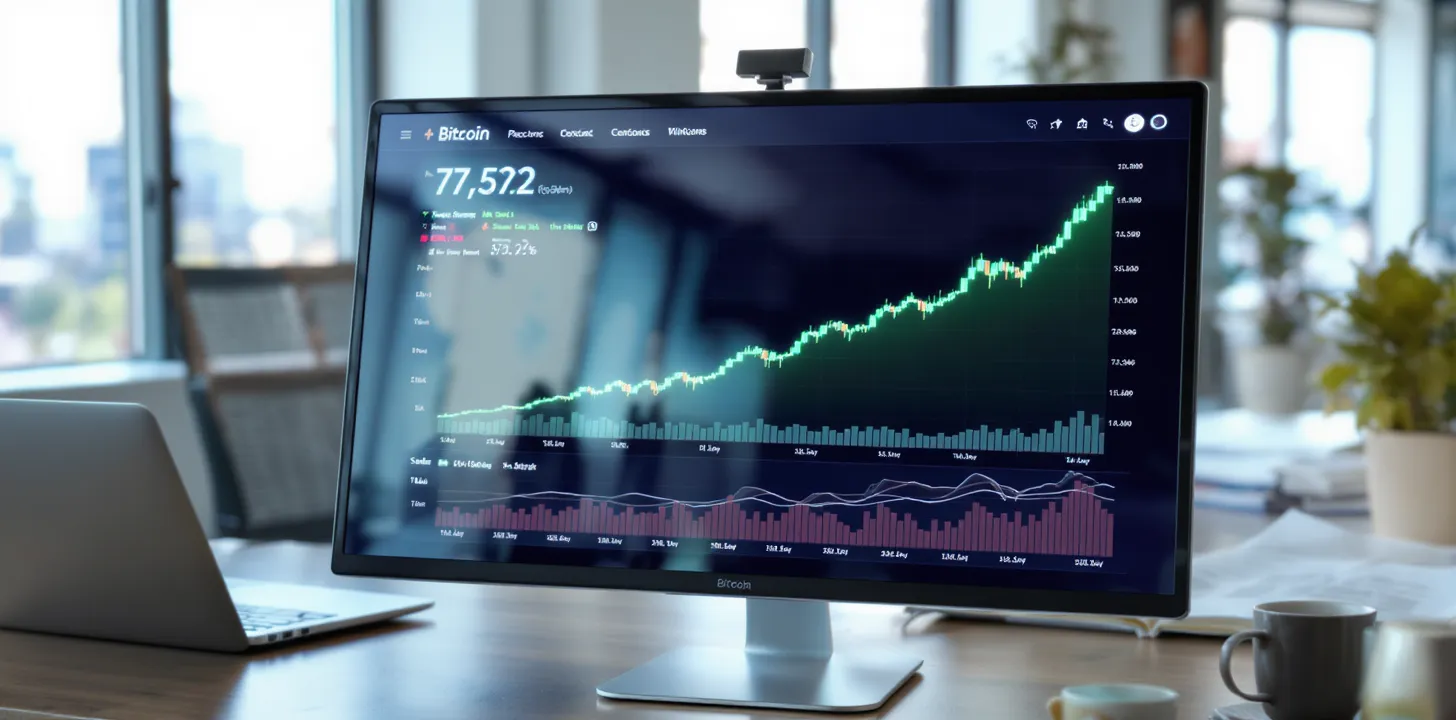How Tariffs Influence Gold Prices: Navigating Global Economic Turbulence
Introduction
Tariffs have historically been instruments used by governments to protect domestic industries, regulate trade balances, and influence economic conditions. However, they come with significant implications, not only affecting trade and economic relations but also influencing commodity markets, particularly gold. Gold, traditionally viewed as a safe-haven asset, often sees notable price shifts in response to tariff-related economic disruptions. This article explores the intricate relationship between tariffs and gold prices, unpacking how global economic dynamics alter investor behavior towards gold.
Understanding Tariffs and Their Economic Impact
What Are Tariffs?
Tariffs are taxes imposed by governments on imported goods and services. They raise the cost of imported goods, making domestically produced alternatives more competitive. While tariffs may initially appear beneficial to local industries, they frequently lead to retaliatory measures from trade partners, escalating trade wars and economic uncertainty.
Economic Consequences of Tariffs
Tariffs typically lead to higher consumer prices, disruptions in supply chains, decreased international trade volumes, and strained international relations. These factors collectively contribute to economic uncertainty and volatility.
Gold as an Economic Indicator
Safe-Haven Asset Dynamics
Investors typically flock to gold during periods of economic uncertainty, viewing it as a stable store of value compared to currencies or equities. During tariff-induced economic disruptions, gold demand typically surges as investors seek protection against inflation and market volatility.
Relationship Between Tariffs and Gold Demand
Tariffs tend to increase inflationary pressures due to rising import prices. Gold is often used as a hedge against inflation, which makes it particularly attractive during such times. Consequently, gold prices tend to rise when tariffs create significant economic disruptions.
Case Studies: Historical Tariff Episodes and Gold Prices
The US-China Trade War (2018–2020)
During the US-China trade tensions, tariffs significantly impacted global markets. Investors seeking refuge from the volatility caused by escalating tariffs significantly boosted gold prices. Between 2018 and 2020, gold prices surged from around $1,200 per ounce to over $2,000, driven by investor anxiety and inflationary concerns resulting from trade disruptions.
European Tariff Disputes
Similarly, tariff threats and disputes involving the European Union and the United States also contributed to market volatility, strengthening investor interest in gold. Economic uncertainty around tariff threats often results in a direct spike in gold prices.
Predicting Gold Prices in Tariff-Dominated Economic Climates
Inflation Expectations
Tariffs increase consumer prices, impacting inflation expectations. Higher inflation expectations typically elevate gold prices, as gold acts as an inflation hedge.
Currency Valuations
Tariffs can also weaken currencies, particularly for countries heavily reliant on trade. A weaker currency makes gold relatively more attractive, thereby pushing gold prices upward.
Investor Sentiment
Investor sentiment is significantly influenced by the fear of prolonged economic uncertainty and reduced economic growth. Such sentiment directly correlates with increased gold buying activity, thus raising gold prices.
Conclusion
The imposition of tariffs introduces complexity and volatility into the global economy, significantly influencing gold prices due to the metal’s role as a safe-haven asset. Investors should closely monitor tariff developments and geopolitical tensions to make informed decisions regarding their gold investments, acknowledging that economic uncertainty and inflationary pressures typically lead to increased gold valuations.



